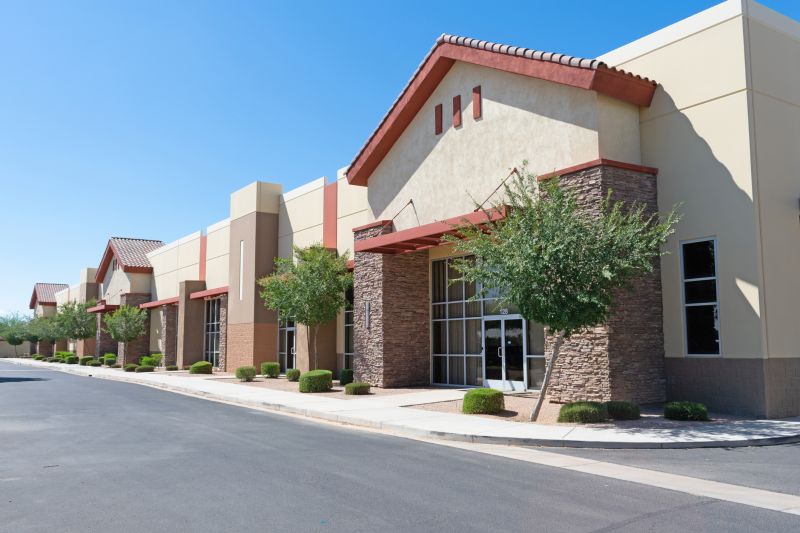Favorite Pavilion Building Products For Easy Installation and Maintenance
Choose from products designed for straightforward setup and low upkeep, ideal for both DIY builders and professionals.
 Pavilion buildings serve as versatile outdoor structures that provide shelter, shade, and aesthetic appeal to various settings such as gardens, parks, event spaces, and private yards. These structures come in a wide range of styles, sizes, and materials, allowing for customization to match specific functional and decorative needs. From open-air designs ideal for gatherings to more enclosed options for privacy and protection, pavilion buildings enhance outdoor environments by creating inviting spaces for relaxation and socialization.
Pavilion buildings serve as versatile outdoor structures that provide shelter, shade, and aesthetic appeal to various settings such as gardens, parks, event spaces, and private yards. These structures come in a wide range of styles, sizes, and materials, allowing for customization to match specific functional and decorative needs. From open-air designs ideal for gatherings to more enclosed options for privacy and protection, pavilion buildings enhance outdoor environments by creating inviting spaces for relaxation and socialization.
Top Overall Option
Durable Outdoor Pavilion Frame
A sturdy, weather-resistant pavilion frame made from high-quality materials offers a reliable foundation for various roofing options. Its versatile design allows for customization and easy assembly, making it suitable for different outdoor settings. This type of pavilion frame provides a durable base that can support various styles of roofing and decorative elements, ensuring long-term usability and aesthetic appeal.
Types of Products For Pavilion Buildings
Open-Air Pavilion Kits
Pre-designed kits that include all necessary components for assembling an open-air pavilion, ideal for creating shaded outdoor gathering spaces.
Customizable Pavilion Frames
Frames made from durable materials that can be tailored to specific sizes and styles, suitable for various roofing and decorative options.
Retractable Canopy Pavilions
Structures featuring retractable fabric canopies that provide adjustable shade and protection from the elements.
Permanent Roof Structures
Built-in roof pavilions designed for long-term installation, often featuring solid roofing materials for enhanced durability.
Portable Pavilion Tents
Lightweight, mobile pavilions that can be easily assembled and disassembled, perfect for temporary outdoor events.
Decorative Pavilion Accessories
Elements such as decorative columns, lighting fixtures, and side panels to enhance the aesthetic appeal of pavilion structures.
Metal Pavilion Frames
Robust frames constructed from metal materials offering strength and longevity for outdoor use.
Wooden Pavilion Structures
Pavilions built from treated wood, providing a natural look that blends seamlessly with outdoor environments.
Vinyl or Plastic Pavilion Components
Weather-resistant plastic or vinyl elements used for roofing or decorative accents, offering low maintenance options.
Shade Sail Pavilions
Structures that incorporate tensioned shade sails for a modern, minimalist look with flexible shade coverage.
Gazebo-Style Pavilions
Enclosed or semi-enclosed pavilions with decorative roofing and sides, suitable for more private outdoor spaces.
Event-Style Pavilion Tents
Large, temporary structures designed for hosting outdoor events and gatherings.
Popular Choices
Lightweight and easy to set up, these tents are popular for temporary outdoor activities and events.
Flexible structures offering adjustable shading options, favored for their versatility.
Strong and durable frames that provide a stable base for various roofing styles, widely used in commercial and residential settings.
Natural-looking pavilions that blend well with outdoor landscapes, popular for gardens and parks.
Enhancements like lighting and decorative columns that elevate the visual appeal of pavilion spaces.
Ready-to-assemble kits that simplify construction and customization for outdoor spaces.
Low-maintenance options that resist weathering, often used in commercial settings.
Enclosed or semi-enclosed designs that provide privacy and shelter, popular for backyard retreats.
Modern, minimalistic structures favored for their sleek appearance and flexible shading.
Temporary structures suitable for outdoor celebrations and gatherings.
Convenient for temporary use, easy to transport and assemble for various outdoor activities.
Constructed from durable materials, pavilion buildings are designed to withstand outdoor elements while maintaining their visual appeal. They often feature sturdy frameworks, weather-resistant roofing options, and decorative elements that complement surrounding landscapes. Proper selection of a pavilion building involves considering factors like size, style, material quality, and ease of installation, ensuring the structure aligns with the intended use and aesthetic preferences.
Maintenance and longevity are important considerations when choosing a pavilion building. Selecting products with high-quality materials and reliable construction can help ensure the structure remains functional and attractive over time. Additionally, modular or customizable designs offer flexibility for future modifications or expansions, making pavilion buildings a practical investment for enhancing outdoor spaces.
Whether for providing shade during outdoor events, creating a focal point in a garden, or establishing a sheltered area for outdoor dining, pavilion buildings can significantly improve the usability and visual appeal of outdoor areas. Careful planning and selection of the right products can help create a welcoming environment that suits both personal tastes and practical needs.
Key Buying Considerations
- Determine the primary purpose of the pavilion, such as shading, shelter, or aesthetic enhancement.
- Assess the size and dimensions needed to comfortably accommodate intended users or activities.
- Choose durable materials that can withstand outdoor conditions without significant maintenance.
- Consider the style and design to ensure it complements existing landscape and architecture.
- Evaluate the ease of assembly and installation, especially for DIY projects or temporary setups.
- Review available roofing options, including solid, retractable, or shade sail designs, for flexibility.
- Check for customization options to adapt the structure to specific site requirements.
- Factor in the local climate and weather patterns to select appropriate materials and design features.
- Examine the structural stability and safety features, especially for larger or permanent installations.
- Investigate maintenance requirements and long-term durability of the materials used.
- Consider additional features such as lighting, side panels, or decorative elements for enhanced functionality and appearance.
- Review warranty and support options from the supplier or manufacturer.
- Estimate the overall budget, including installation costs and future maintenance expenses.
- Ensure compliance with local building codes and regulations if applicable.
- Look for flexible or modular designs that allow for future expansion or modifications.
